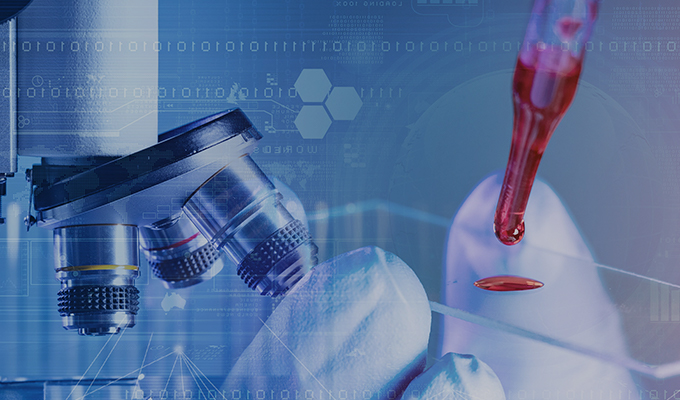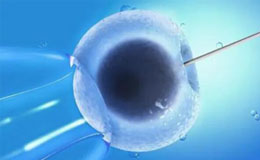NEWS
ART and Intracytoplasmic Sperm Injection (ICSI) in the United States
2021.11.16 1024
Key Findings: Use of Intracytoplasmic Sperm Injection (ICSI) in the United States
Intracytoplasmic sperm injection (ICSI) is a technique used during in vitro fertilization (IVF) where a single sperm is injected directly into the egg for the purpose of fertilization. During conventional IVF, the egg is placed in a culture dish with many sperm and fertilization occurs when one sperm penetrates the egg naturally. According to the American Society for Reproductive Medicine, ICSI is a safe and effective procedure for couples with male factor infertility and can improve the chance of fertilization for couples with poor fertilization in a previous IVF cycle.
Use of ICSI for couples with male factor infertility has increased over time since the technique was introduced in the early 1990s. However, ICSI is also increasingly used in patients without male factor infertility where the procedure has not been shown to improve clinical outcomes. Findings from some but not all studies suggest that ICSI is associated with an increased risk for chromosomal abnormalities, autism, intellectual disabilities, and birth defects compared with conventional IVF. These increased risks may also be due to the effects of subfertility. ICSI also adds to the cost of an IVF cycle, making it more expensive than conventional IVF.
Data from CDC’s National ART Surveillance System were used to study national trends in the use of ICSI for couples with and without male factor infertility during 1996-2012. Reproductive outcomes for cycles using conventional IVF and those using ICSI among patients with male factor infertility and among patients with non-male factor infertility during 2008-2012 were also compared. These findings provide important information on the benefits and risks of ICSI.





